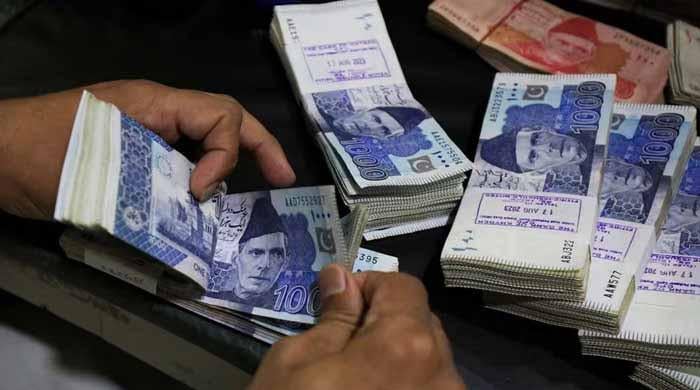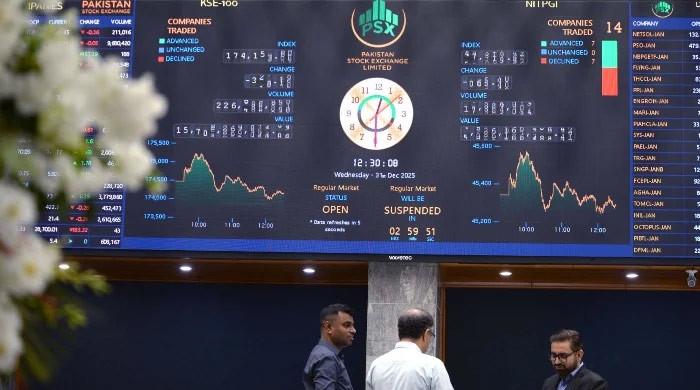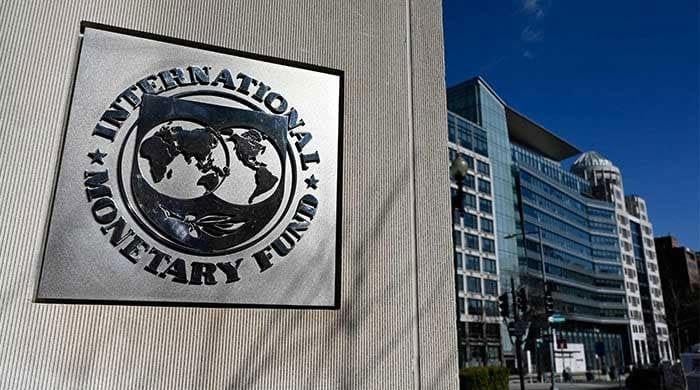Rupee depreciation, admin controls shrink CAD to almost two-year low in Feb
Current account deficit narrows 86% to $74 million in February, the smallest since March 2021
March 21, 2023

- Deficit shrinks 68% to $3.9bn in eight months of current fiscal year.
- Exports fell 24% year-on-year to $2.198 billion in February.
- During Jul-Feb FY2023, exports decreased 10% to $18.639 billion.
KARACHI: Pakistan’s current account deficit dropped to an almost two-year low in February as the imports reduced because of administrative controls and the depreciation of the rupee, reported The News citing data of the State Bank of Pakistan (SBP).
The CAD narrowed 86% to $74 million in February, the smallest since March 2021. It dropped by 68% month-on-month in the previous month. The deficit shrank 68% to $3.9 billion in the eight months of the current fiscal year.
This decrease was in line with the expectations of analysts. Weaker currency, import restrictions, and curbs on the availability of foreign exchange, along with fiscal tightening, higher interest rates, and energy conservation measures, have all contributed to the reduction in the current account deficit.
Imports fell 22% to $3.931 billion in February from $5.039 billion a month ago. The country’s import bill declined 21% to $37.388 billion in July-February for the ongoing fiscal.
“Falling imports due to weak currency and restrictions on LC (letters of credit) opening helped the current account. Moreover, after fall in PKR last month remittances are gradually back to banking channels,” explained Mohammad Sohail, CEO of Topline Securities, about the reduction in the deficit.
The concerning development was a decline in exports because administrative constraints were only temporarily responsible for the drop in imports.
Exports fell 24% year-on-year to $2.198 billion in February. During July-February FY2023, the exports decreased 10% to $18.639 billion.
On the other hand, remittance inflows improved 5% month-on-month to $2 billion in February. However, the remittances fell by 9.5% year-on-year in February. During the eight months of the current fiscal year, the country received $18 billion in remittances, which is a 10.8% decrease from the same period last year.
Latest current account numbers come as Pakistan faces difficulty in securing the staff-level agreement with the International Monetary Fund (IMF). Failure to secure the deal would mean that sovereign default is imminent.
The ongoing political and economic unrest could make it difficult to get funds from the IMF. It is essential for Pakistan to get the staff-level agreement with the IMF in order to obtain a $1.2 billion tranche and unlock further inflows from other international creditors.
The final barrier to reaching an IMF agreement, according to Finance Minister Ishaq Dar, was an assurance from “friendly countries” to finance a balance of payment gap.
“The CAD (current account deficit) is not much of a problem now but debt repayments are the real challenge faced by the country,” said Fahad Rauf, head of research at Ismail Iqbal Securities.
External public-debt maturities in the remainder of the fiscal year ending June 2023 amount to over $7 billion and will remain high in FY2024, according to a Fitch report published last month.
China recently refinanced commercial loans to prevent Islamabad from defaulting. But, the government is still awaiting the rollover of a $2 billion Chinese deposit that will mature on March 23 and a $1 billion deposit that will mature in June.
Beijing has agreed to refinance the $2 billion in foreign commercial loans and has already transferred $1.7 billion in the accounts of the central bank.
The foreign exchange reserves held by the SBP as of March 10 were $4.319 billion, which is still alarmingly low, but adequate to escape default thanks to the Chinese inflows.









